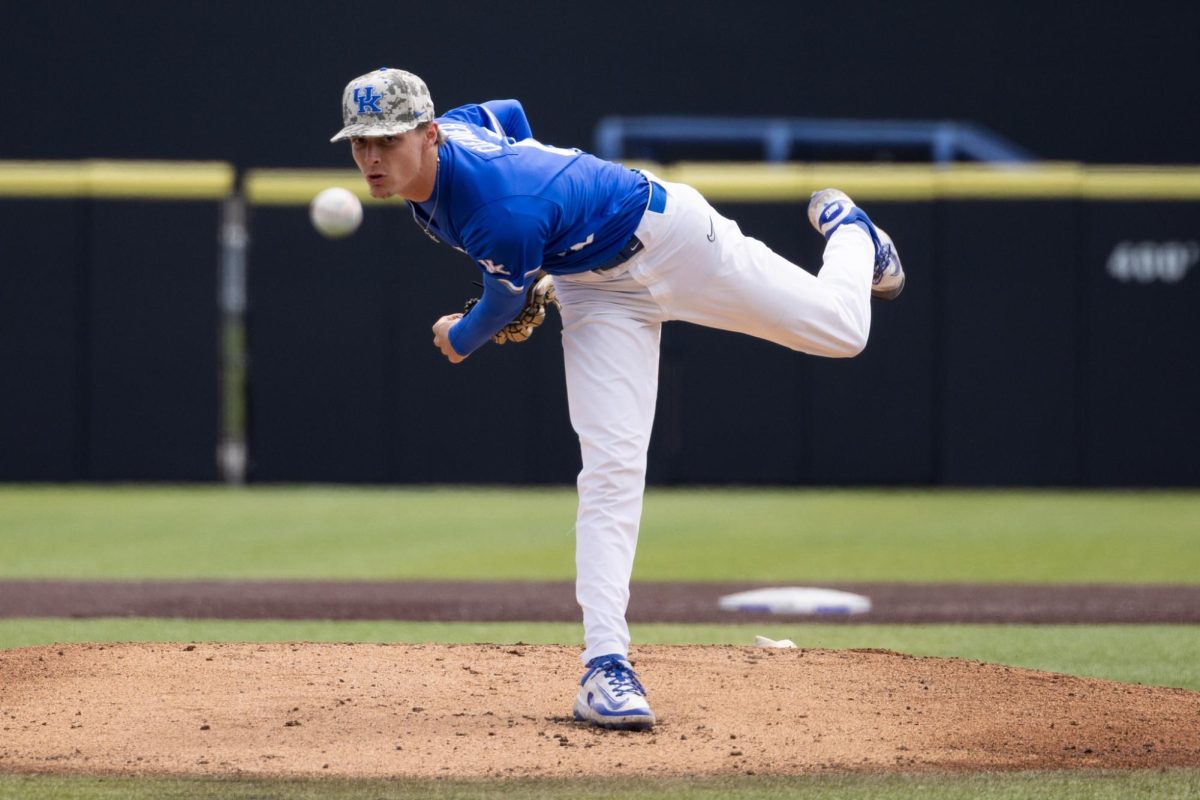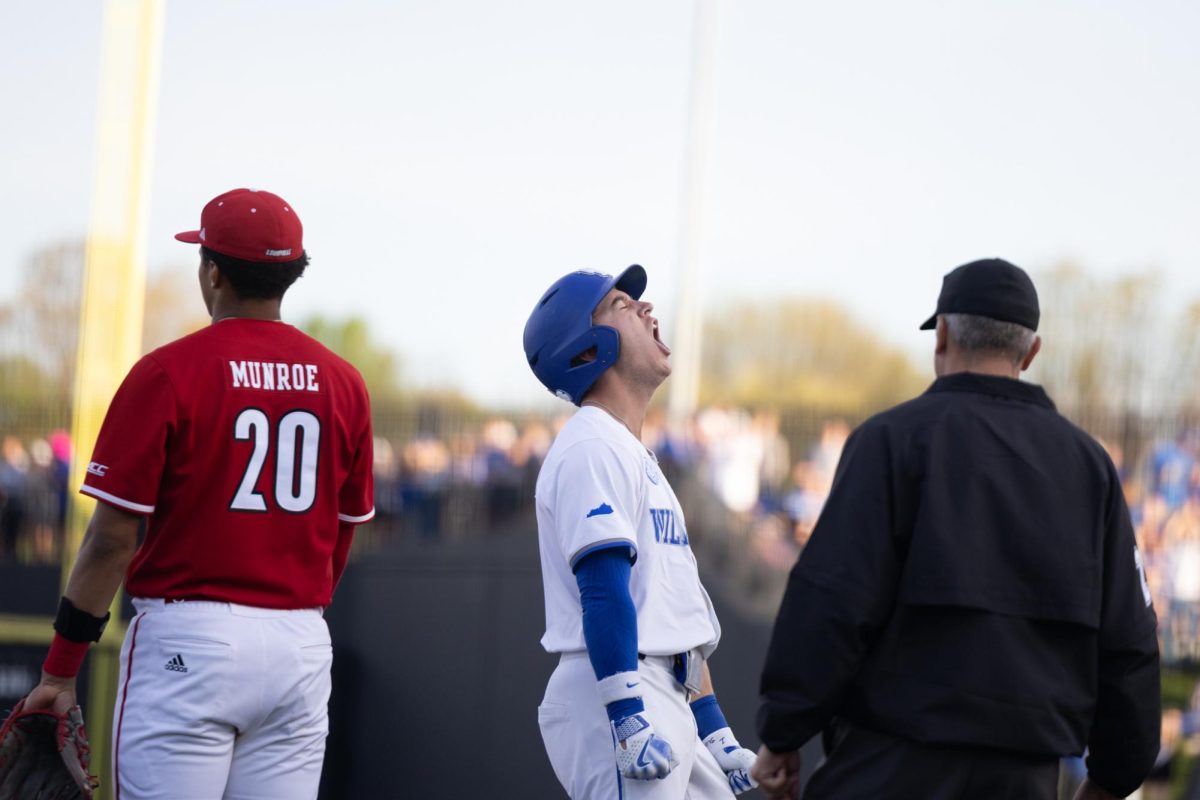Parachute Factory producing high flying inspiration
April 20, 2017
Forget the multi-colored parachutes of your elementary school gym class days, the ones that inspired you to run around the gymnasium overzealous. Another form of inspiration has taken hold of this parachute factory.
Last May, four visionaries stepped into 720 Bryan Ave., a building being used as storage at the time. The four had high hopes to transform the space into a non-profit art gallery. They later learned that past owners of the building may have had hopes that traveled higher into the sky than theirs, as originally the building was a parachute factory.
As the founders of the Parachute Factory value the historical details of this building, they used the history to inspire the space’s name. While the founders prepared their space, they removed three layers of drop ceiling revealing old pulleys and other mechanics of the once functioning parachute factory.
The Parachute Factory is completely volunteer operated. The four original staff members include Stevie Morrison, Ellen McCann, Sarah Brown and Greg Lamer. Morrison, a graphic designer at Bullhorn Creative, serves as the community events coordinator and facility manager. McCann, an art editor of the Red Catastrophe Press, works as the gallery’s registrar. Brown, a printmaking and digital arts professor at UK works as the gallery director. Lamer is a co-founder and bookbinder for Rabbit Catastrophe Press and works as an events and gallery assistant for the Parachute Factory.
Since establishment, the Parachute Factory has increased their staff to seven and continue to grow.
The goal of the non-profit is to provide a space and a professional resource for beginning artists that may not have space otherwise. Morrison defines the Parachute Factory’s mission as a “two-tiered system.” The first tier being that artists of Lexington have a professional space to use. Even with the space being free, the organization still wants the space to be one that makes artists’ work shine in comparison to other free local spaces. The second tier revolves around the public of Lexington. The Parachute Factory wants Lexington to have a space where people can come see art and music or theatre performances with no barrier to entry.
The gallery hosts two to three community events per month, all free and open to the public including new gallery shows each month or various music acts.
Through all the art displayed and events provided, the organization aims to show work that is accessible to those of all levels.
“I would like for a child to come in and be able to have fun looking at stuff,” Morrison said. “At the same time an art professor can come in and be able to contemplate things on a deeper level.”
Morrison said that a struggle of artists is that they are never satisfied. In May the organization will be celebrating their one-year anniversary with high hopes to continue their flight to success.



























































































































































